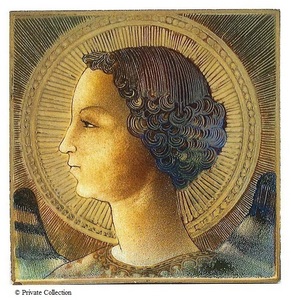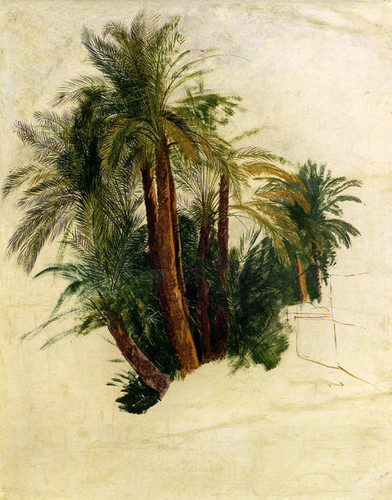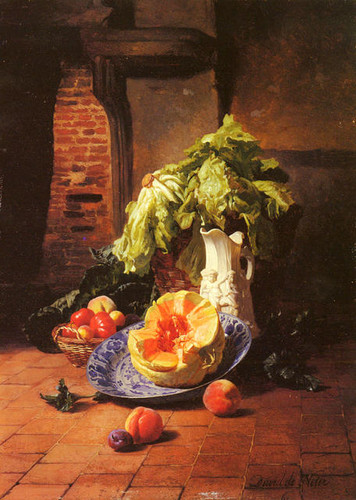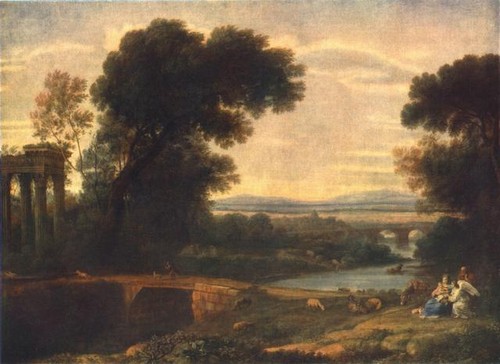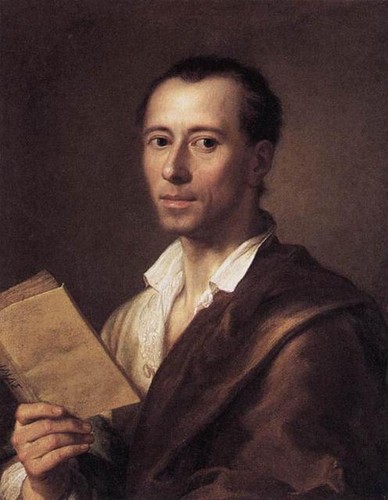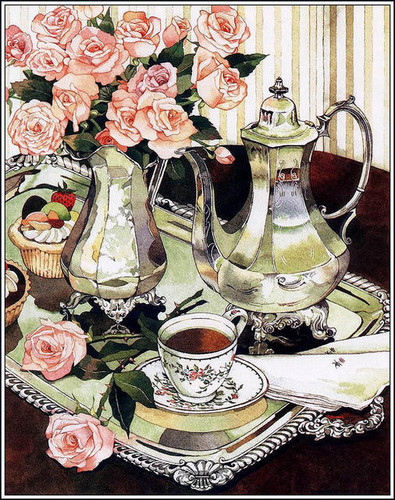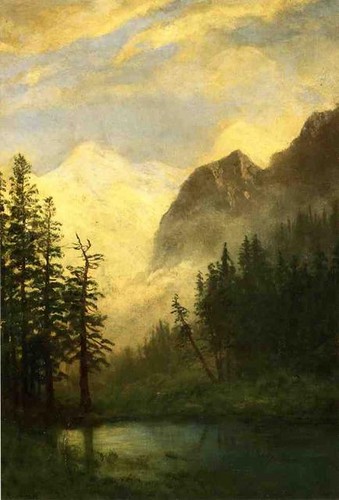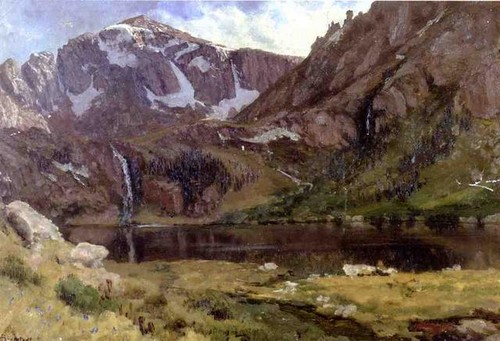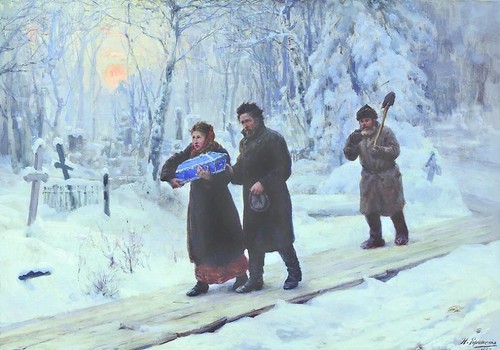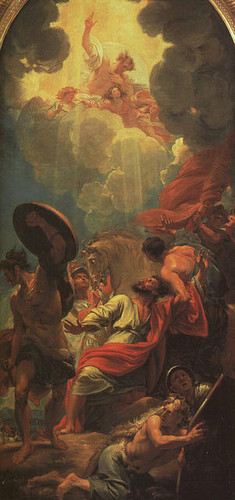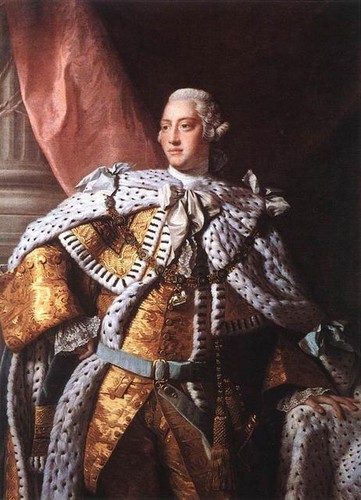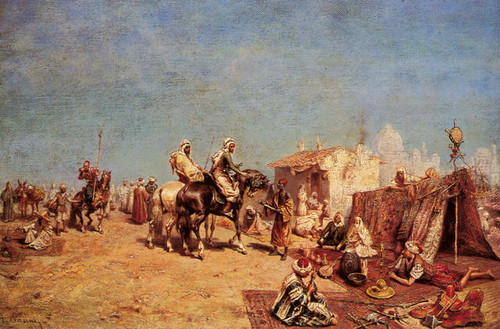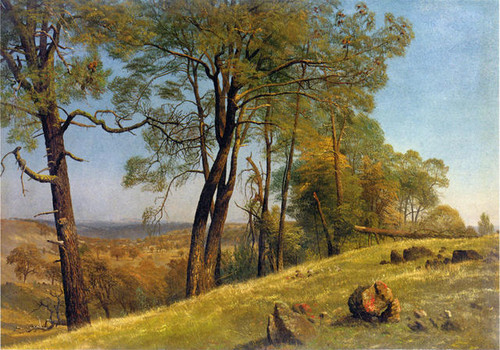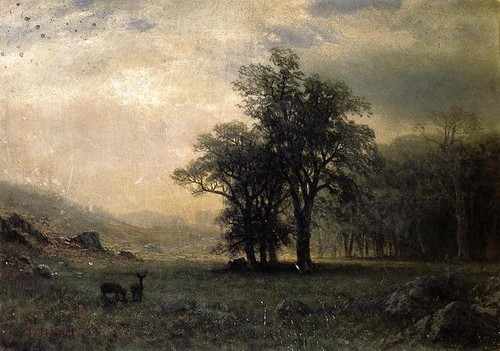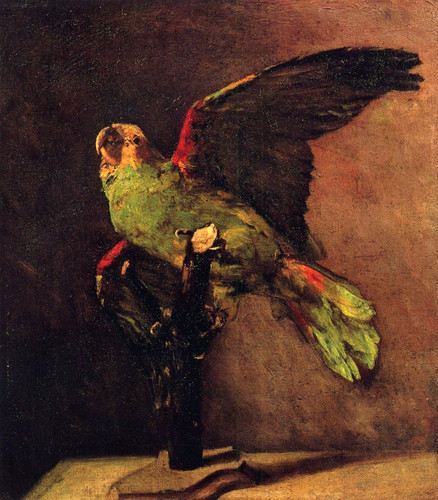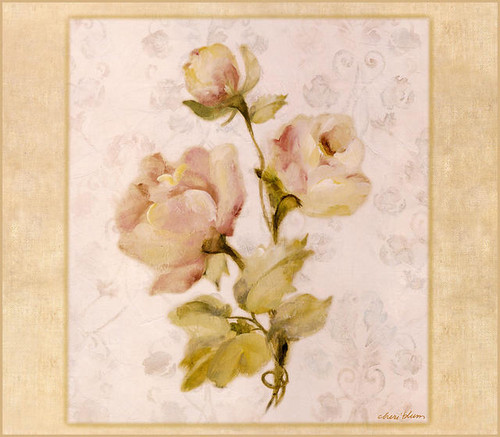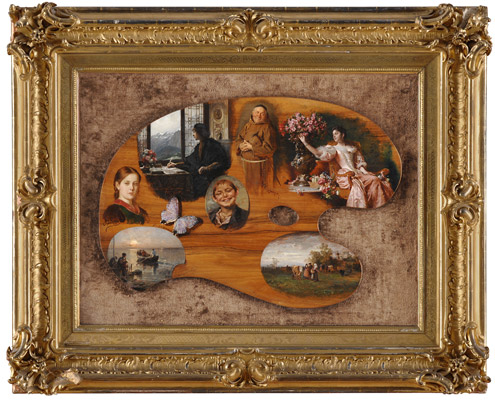Dated April 1471, this priceless hitherto unknown masterpiece por Leonardo da Vinci, depicting the Archangel Gabriel, is not only the first painting por the Tuscan genius, it also features his very first autograph signature, written from left to right and “imprisoned” in a “PICTURE THAT WILL LAST ALMOST FOR EVER”, discovered por Dr. Ivana R. Bonfantino, Consultant Graphologist and former Professor of Comparative Graphology and History of Graphology at Rome’s LUMSA University; in fact, the only known signature of Leonardo, to date, was the one he affixed to the contract of commission for the Virgin of the Rocks, dated 25 April 1483 and discovered in October 2011 at the State Archives of Milan.
This work of art, made por Leonardo da Vinci to demonstrate the superiority of painting over sculpture, features the use of glazed paint, a technique described por the painter in his Treatise on Painting in the chapter titled "How to paint a Picture that will last almost for ever: Another method, which may be better, is, instead of the priming of pitch and brickdust, take a flat tile well vitrified, then apply the casaco of white and Naples yellow, and all the rest as before. But before the glass is applied to it, the painting must be perfectly dried in a stove, and varnished with nut oil and amber, or else with purified nut oil alone, thickened in the sun".
This exceptional “Picture that will last almost for ever”, made on a square terracotta tile por Leonardo, has been confirmed as authentic por an authoritative expert on Leonardo, based on a complex series of diagnostic tests, including a themoluminescence dating analysis, which has determined that the object was made in the 15th century, a stratigraphical and xrf analysis of the pigments, which have certified the painting’s compatibility, and, last but not least, a graphological examination of the graphical traces on the work.
The signature “da Vinci lionardo” on the face of the Archangel Gabriel, is “camouflaged”, so to speak, on the jaw, with the encontro, data “a 1471” and a rebus composed of the numbers “72” and “52” written beneath the name lionardo; furthermore, at the bottom of the painting are the painter’s initials “LDV ib”, indicating his place of origin in an abbreviated and specular fashion “Lionardo Da Vinci di Vinci”.
Such significant graphical evidence has undergone a complex graphical examination and has been compared with other known examples of Leonardo’s handwriting, including the words on the landscape with a river dated 5 August 1473, preserved at the Uffizi’s Department of Prints and Drawings; these in-depth technical and graphical investigations have made it possible to conclude and certify that the graphical traces examined on the painting were hand-written por the young Leonardo Da Vinci in the ano 1471.
This work of art, made por Leonardo da Vinci to demonstrate the superiority of painting over sculpture, features the use of glazed paint, a technique described por the painter in his Treatise on Painting in the chapter titled "How to paint a Picture that will last almost for ever: Another method, which may be better, is, instead of the priming of pitch and brickdust, take a flat tile well vitrified, then apply the casaco of white and Naples yellow, and all the rest as before. But before the glass is applied to it, the painting must be perfectly dried in a stove, and varnished with nut oil and amber, or else with purified nut oil alone, thickened in the sun".
This exceptional “Picture that will last almost for ever”, made on a square terracotta tile por Leonardo, has been confirmed as authentic por an authoritative expert on Leonardo, based on a complex series of diagnostic tests, including a themoluminescence dating analysis, which has determined that the object was made in the 15th century, a stratigraphical and xrf analysis of the pigments, which have certified the painting’s compatibility, and, last but not least, a graphological examination of the graphical traces on the work.
The signature “da Vinci lionardo” on the face of the Archangel Gabriel, is “camouflaged”, so to speak, on the jaw, with the encontro, data “a 1471” and a rebus composed of the numbers “72” and “52” written beneath the name lionardo; furthermore, at the bottom of the painting are the painter’s initials “LDV ib”, indicating his place of origin in an abbreviated and specular fashion “Lionardo Da Vinci di Vinci”.
Such significant graphical evidence has undergone a complex graphical examination and has been compared with other known examples of Leonardo’s handwriting, including the words on the landscape with a river dated 5 August 1473, preserved at the Uffizi’s Department of Prints and Drawings; these in-depth technical and graphical investigations have made it possible to conclude and certify that the graphical traces examined on the painting were hand-written por the young Leonardo Da Vinci in the ano 1471.


